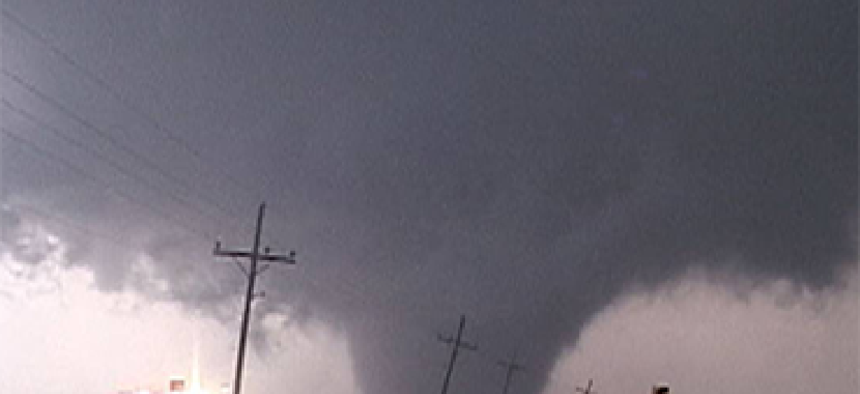Agencies to push out emergency news with Twitter Alerts

FEMA and other agencies are signing up for a new Twitter service to highlight important bulletins.

Twitter Alerts allow agencies to post special bulletins of urgent news. (Stock image)
The Federal Emergency Management Agency and a handful of other federal agencies are participating in a new program from Twitter that allows users of the social network to receive push notifications in breaking emergencies.
The service, called Twitter Alerts, allows select organizations to designate Twitter posts as alerts, which will be tagged with an orange bell and delivered to users via text message or a home screen alert on a smartphone. The program launched Sept. 25 with more than 100 participating federal, state and local agencies and nongovernmental organizations. In addition to FEMA, the Centers for Disease Control and Prevention, the U.S. Geological Survey, the National Oceanic and Atmospheric Administration, the State Department, the National Parks Service, the Department of Homeland Security and the Bureau of Land Management are participating.
Alerts are mapped to individual Twitter accounts. For example, followers of the @TravelGov account at the State Department can receive bulletins important to international travelers. FEMA is using the alerts on its main account, its Spanish-language account, each of its 10 regional Twitter feeds and the @ReadyGov account.
Alerts can be used to notify users of imminent dangers or public safety hazards, provide evacuation directions, share information on transit and utility outages, as well as for "crowd and misinformation management," according to Twitter's guidelines. Twitter suggests a few appropriate circumstances for tweeting an alert, including severe weather or a natural disaster, a biological incident, chemical or nuclear accident, explosion, a terrorist incident, severe transportation disruptions, a significant cyber incident, threats to the food supply or life-threatening criminal activity .
"Social media has revolutionized communication during disasters," said FEMA administrator Craig Fugate. "Today we have a two-way street -- residents are informed about hazards in real time and emergency managers receive immediate feedback on the consequences of a disaster. Twitter Alerts provide an opportunity to get information directly from trusted sources."
Users who want to receive alerts have to opt-in to the alert service for each qualified account they follow.
NEXT STORY: Is FISMA enough?






